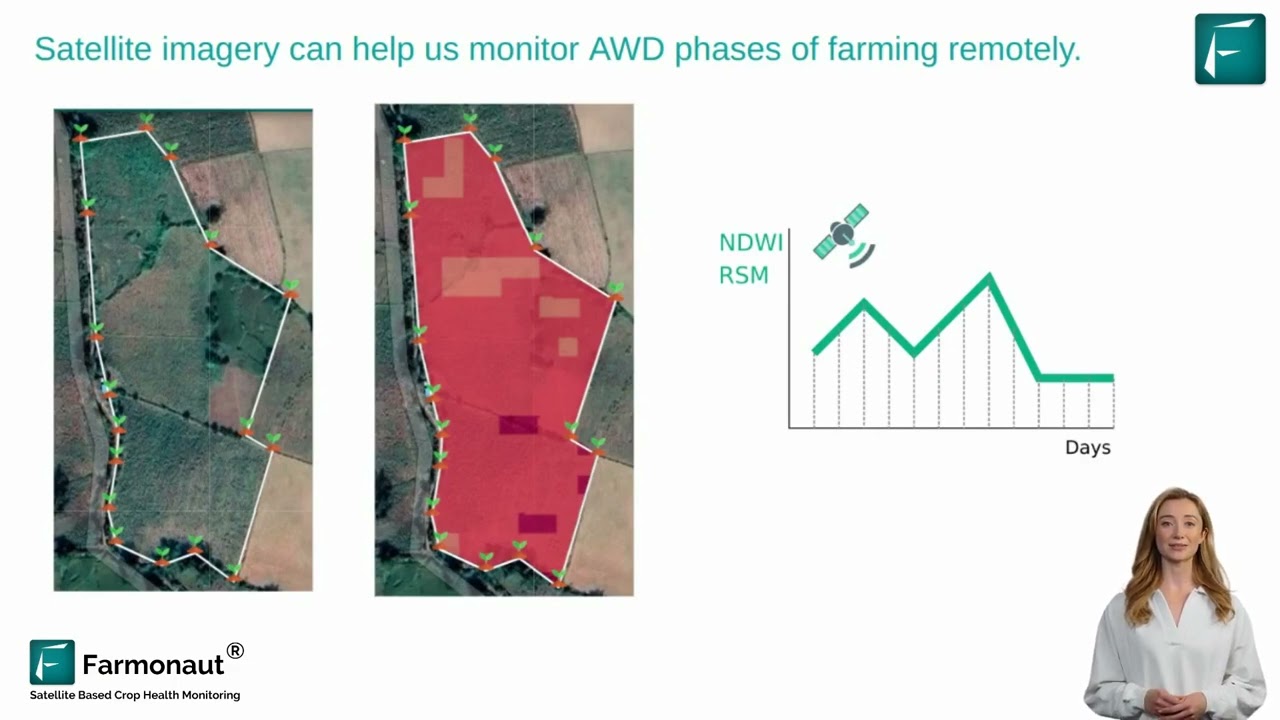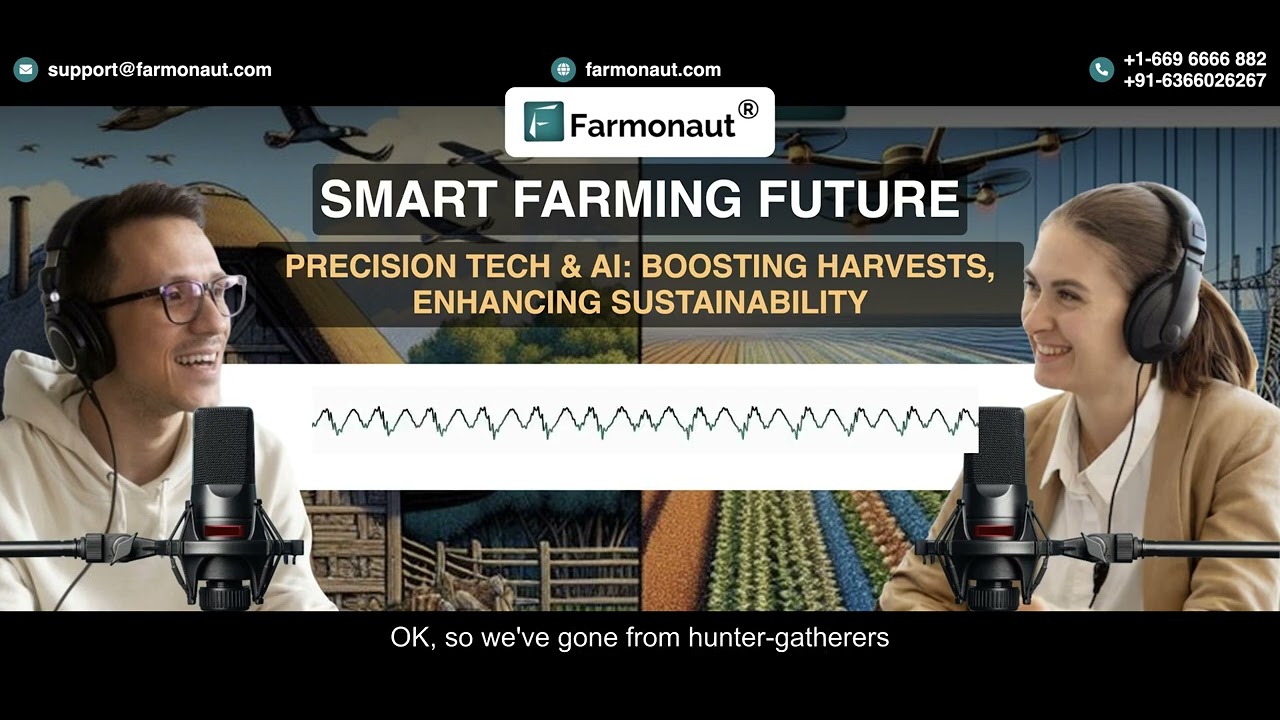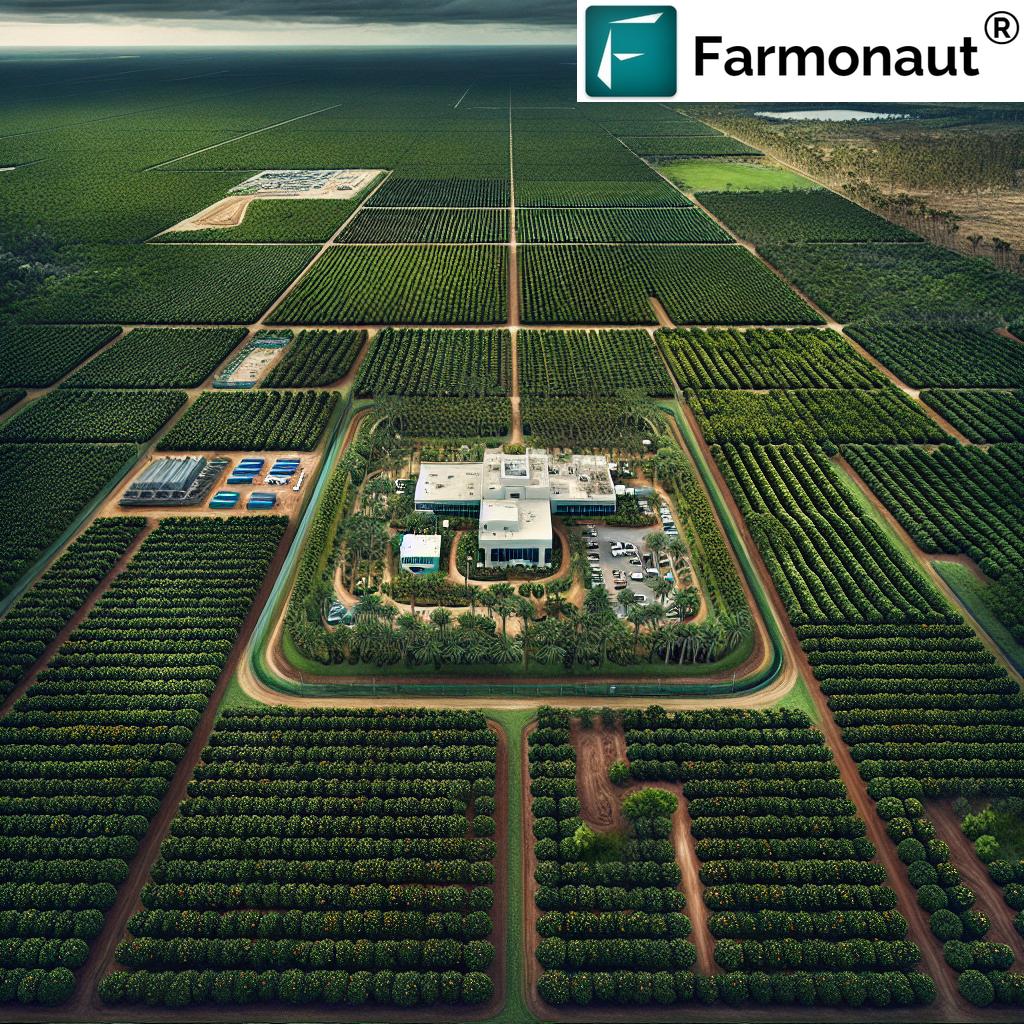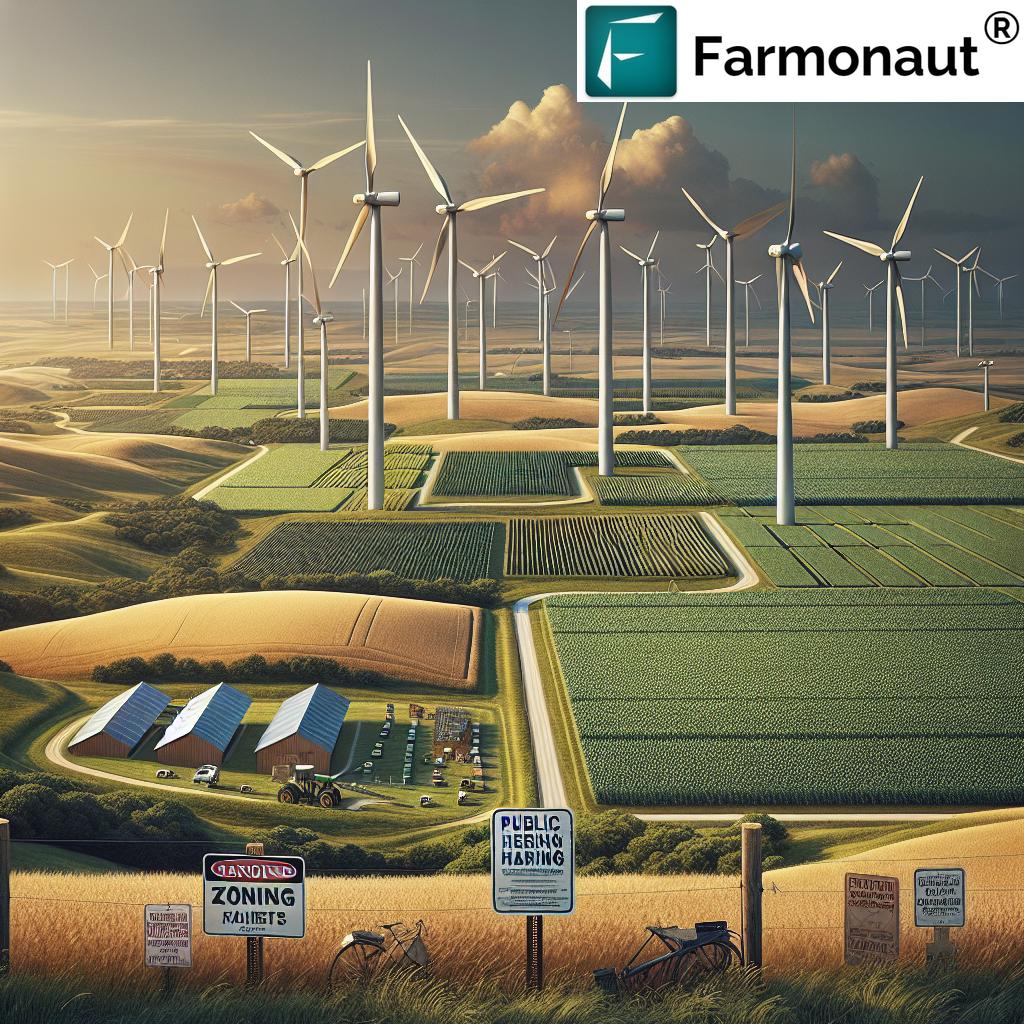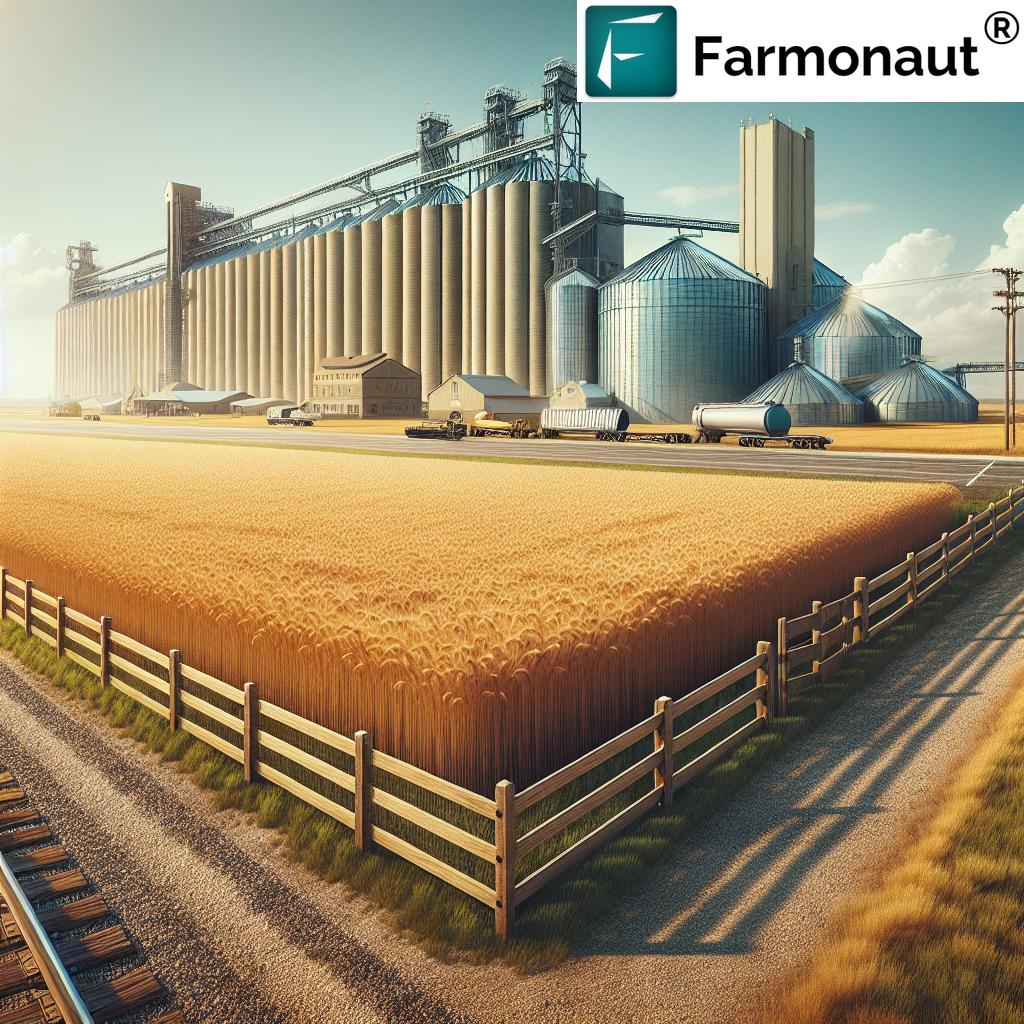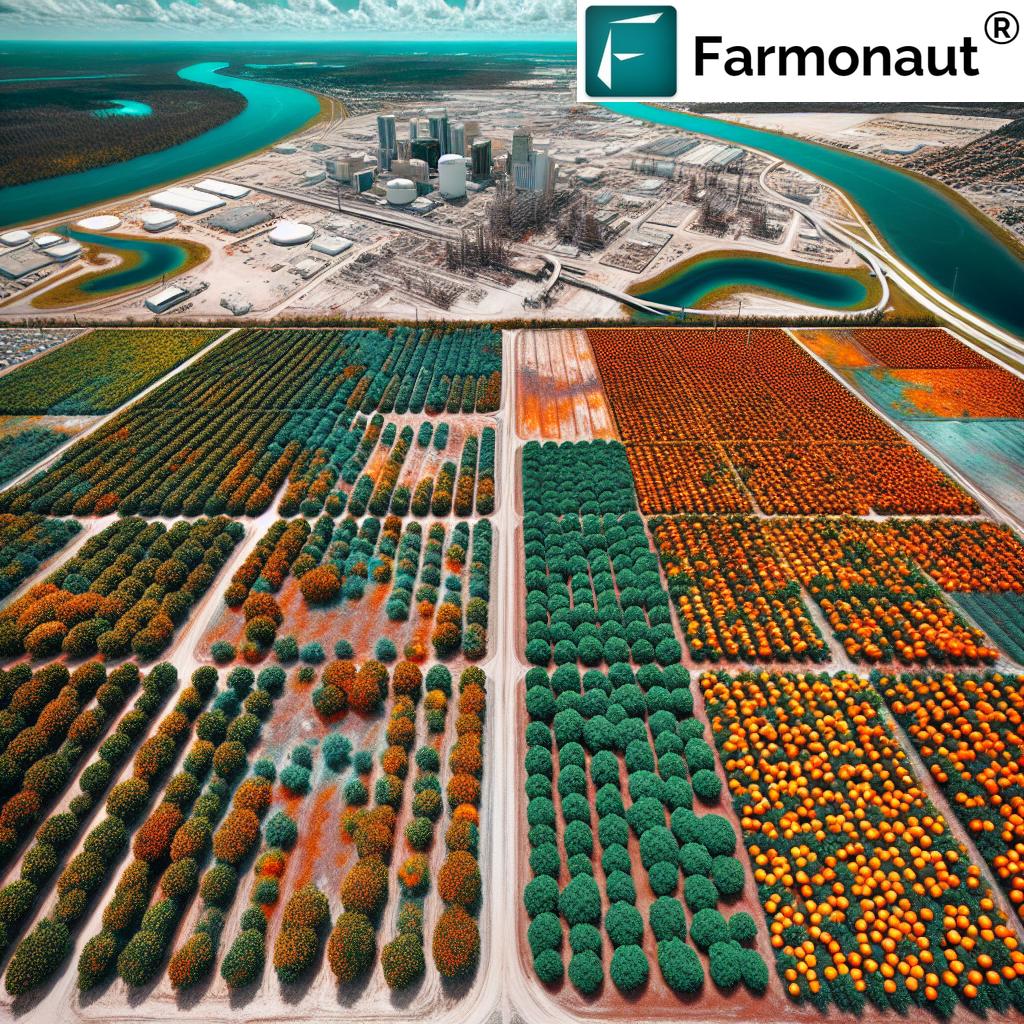Autumn Blaze Maple Tree: 7 Ecological Benefits
“One Autumn Blaze maple can sequester up to 48 pounds of carbon dioxide per year in urban environments.”
Table of Contents
- Summary: The Autumn Blaze Maple Tree—A Valuable Asset in Modern Forestry and Urban Landscaping
- Origin and Botanical Characteristics of Autumn Blaze Maple
- Growth and Cultivation: Features Driving Urban and Forestry Success
- Comparative Ecological Benefits Table
- The 7 Ecological Benefits of Autumn Blaze Maple Tree
- Benefit 1: Climate Change Mitigation through Carbon Sequestration
- Benefit 2: Urban Air Purification—Reducing Pollution and Heat
- Benefit 3: Soil Erosion Control & Water Cycle Support
- Benefit 4: Biodiversity Enhancement & Habitat Creation
- Benefit 5: Sustainable Timber Production & Economic Growth
- Benefit 6: Supporting Urban Green Infrastructure
- Benefit 7: Resilience Against Pests, Diseases, and Environmental Stress
- Practical Applications in Urban Forestry, Landscaping and Reforestation
- Farmonaut’s Satellite-Driven Solutions for Trees & Urban Greening
- Planting & Management Guidelines for Autumn Blaze Maple
- Challenges and Future Outlook: Autumn Blaze Maples in Modern Context
- FAQ: Autumn Blaze Maple Tree
Summary: The Autumn Blaze Maple Tree—A Valuable Asset in Modern Forestry and Urban Landscaping
The Autumn Blaze maple tree stands tall—both literally and metaphorically—at the intersection of rapid urban growth, sustainable forestry, and reforestation. Renowned for its exceptional adaptability, aesthetic appeal, and ecological benefits, this hybrid species (Acer × freemanii ‘Autumn Blaze’) has surged in global recognition, finding a vital place in the city streetscapes of 2026 and beyond. Its fast growth, tolerance for varied conditions, and capacity to combat climate challenges make it a preferred choice among city planners, landscape architects, foresters, and green infrastructure advocates.
In this blog, we delve deep into the seven major ecological benefits of the Autumn Blaze maple, explore its botanical and cultivation aspects, and examine how—through innovative technologies like those provided by Farmonaut—urban forestry and sustainable landscaping projects are becoming both effective and efficient in tackling pressing environmental issues.
Origin and Botanical Characteristics of Autumn Blaze Maple
A Hybrid Bringing Together the Best of Two Worlds
The Autumn Blaze maple tree is a remarkable hybrid that blends the best traits of its parent species: the robust red maple (Acer rubrum) and the fast-growing silver maple (Acer saccharinum). The result is an exceptional ornamental and forestry species that maintains the following botanical characteristics:
- Striking flame-red and orange fall coloration—a signature feature inherited from the red maple.
- A strong, upright growth habit—often forming a symmetrical, oval-to-rounded canopy.
- Fast growth rates: Typically, an Autumn Blaze maple can add 3-5 feet in height per year under optimal conditions.
- Adaptability: Thrives in a wide range of soil types (clay, sandy loam, loam), has moderate drought tolerance, and can handle moderate urban pollution.
- Size at maturity: Reaches 40-50 feet in height with a 30-40-foot spread.
- Versatility: Equally at home in parks, streets, urban forests, timber stands, and rural landscapes, making it advantageous for diverse projects.
These features make the Autumn Blaze maple an excellent choice for both functional and ornamental planting, cementing its status as a valuable asset in urban environments and sustainable forestry initiatives.
Growth and Cultivation: Features Driving Urban and Forestry Success
Rapid Growth and Broad Adaptability
One of the Autumn Blaze maple’s most notable features is its fast rate of growth. Growing 3-5 feet per year, it is among the fastest in its class—making it exceptionally suitable for timely afforestation efforts, rapid urban canopy development, and reforestation projects.
Its ability to establish well in diverse planting conditions—from poorly drained clay to well-drained sandy loams—ensures rapid performance and higher survival rates, regardless of the specifics of a site.
- Tolerance to stress, including droughts, moderate flooding, and urban pollution (road salt, compacted soils, and particulate matter).
- Propagates effectively using advances in silviculture techniques that allow for more efficient production and management of this valuable tree.
- Withstands pest challenges and diseases with newer cultivars offering additional resistance.
- Responds well to pruning to maintain a robust, symmetrical canopy ideal for shade and habitat functions.
“Autumn Blaze maples increase urban tree canopy cover by 30% faster than many traditional tree species.”
Comparative Ecological Benefits Table
The table below highlights key ecological benefits provided by the Autumn Blaze maple tree, compared to other common urban trees, with an emphasis on sustainability and measurable environmental impact.
| Ecological Benefit | Autumn Blaze Maple Tree (Acer × freemanii) | Average Red Maple (Acer rubrum) | Average Silver Maple (Acer saccharinum) | Common Urban Oak | Average London Plane |
|---|---|---|---|---|---|
| Carbon Sequestration | 48 lbs CO2/year | 36 lbs CO2/year | 41 lbs CO2/year | 38 lbs CO2/year | 44 lbs CO2/year |
| Increase in Urban Canopy | +30% (vs. average species) | +17% | +22% | +14% | +26% |
| Soil Erosion Control | 3,800 L water/year retained (mature) | 2,000 L/year | 3,000 L/year | 2,500 L/year | 3,200 L/year |
| Urban Air Purification | 9,500 g PM2.5 trapped/year | 7,000 g/year | 8,400 g/year | 6,800 g/year | 9,100 g/year |
| Biodiversity Enhancement | Supports 47+ urban wildlife species/tree | 32 species/tree | 41 species/tree | 35 species/tree | 43 species/tree |
| Economic Value (Timber Rotational Period) | 18-22 years | 35+ years | 20-24 years | 42+ years | 25-30 years |
| Drought/Stress Tolerance | High (newest cultivars) | Medium | High | Medium | High |
The 7 Ecological Benefits of Autumn Blaze Maple Tree
Let us explore, in detail, why the Autumn Blaze maple has gained such widespread recognition and is fast becoming an essential species in the context of urban growth, forestry, and sustainable development for 2026 and beyond.
Benefit 1: Climate Change Mitigation through Carbon Sequestration
Why This Hybrid Tree Is a Climate Hero
The challenge of urban climate resilience and carbon management is growing. Thanks to its rapid growth and impressive size, a mature Autumn Blaze maple tree sequesters up to 48 pounds of carbon dioxide per year. That’s considerably more than comparable tree species found in cities.
Large-scale planting of Autumn Blaze maples in reforestation and urban areas assists in:
- Offsetting city carbon footprints, supporting climate change mitigation goals.
- Increasing carbon storage in short timeframes compared to slower-growing hardwoods.
- Improving local air quality, benefitting human health.
Farmonaut’s carbon footprint monitoring solutions make it possible to track and report on these sequestration benefits in real time using satellite data—helping city planners and environmental managers prioritize sites for maximum carbon offset impact.
Benefit 2: Urban Air Purification—Reducing Pollution and Heat
Thanks to its extensive canopy and dense foliage, the Autumn Blaze maple can filter as much as 9,500 grams of PM2.5 (fine particulate matter) per year, helping to reduce urban pollution and the urban heat island effect. Unlike some other species, it retains its leaves longer into the autumn, maximizing air purification capabilities.
- Traps air pollutants—from dust to vehicle emissions to volatile organic compounds—contributing to lower rates of respiratory illness and better quality of life.
- Significantly reduces temperatures in dense city districts by providing superior shade and evaporative cooling.
- Its tolerance for road salts and urban pollution makes it a preferred choice for arterial roads and greenways.
For modern urban forestry initiatives, continual monitoring is crucial—tools like the Farmonaut fleet and resource management system support precise maintenance, health tracking, and pollution mitigation strategies in real time.
Benefit 3: Soil Erosion Control & Water Cycle Support
Urban and rural land faces constant pressure from erosion, runoff, and water pollution. The extensive root system of the Autumn Blaze maple provides impressive soil stabilization, especially vital following construction, reforestation, or after natural disasters:
- Each mature tree can help retain over 3,800 liters of water per year, reducing both flash floods and improving local hydration cycles.
- Roots bind soil, preventing erosion of embankments, urban slopes, and disturbed landscapes.
- Leaf litter and canopy slow down rainfall impact, enhancing groundwater infiltration and sustaining the local water table.
Monitoring soil moisture balance and vegetation recovery is effortless with our crop plantation and forest advisory platform, which leverages satellite imagery for large-scale environmental optimization.
Benefit 4: Biodiversity Enhancement & Habitat Creation
The Autumn Blaze maple tree enriches local biodiversity, supporting more than 47 urban and suburban wildlife species per tree—far outstripping many common landscaping trees.
- Canopy offers nesting, feeding, and shelter for birds and beneficial insects, including pollinators and natural pest controllers.
- Supports early-season pollinators with abundant spring flowers, followed by foliage and seeds for urban fauna.
- Promotes ecological connectivity in fragmented city habitats—bridging parks, medians, and greenways into a contiguous network.
Farmonaut’s satellite and weather API can be used for biodiversity mapping and for dynamically monitoring wildlife-friendly landscape design across urban regions.
Benefit 5: Sustainable Timber Production & Economic Growth
While highly valued for its decorative qualities, the Autumn Blaze maple also has measurable economic potential as a sustainable timber source:
- Timber can be ready for harvest within 18-22 years, dramatically shortening the rotation cycles vs. slower-growing oaks or traditional red maples.
- Wood is moderately hard, suitable for furniture, cabinetry, and select flooring—opening new green economic opportunities for small and mid-sized timber enterprises.
- Demand for seedlings and saplings continues to rise as urban greening policies and reforestation projects scale up.
- Nurseries and landscaping businesses profit from high turnover and repeat bulk orders.
For large-scale forest management and plantation estimation, the Farmonaut large-scale farm management tools equip professionals with remote monitoring and AI-based yield predictions, minimizing operational costs and maximizing sustainability.
Benefit 6: Supporting Urban Green Infrastructure
Cities striving for sustainable development in 2026 quickly realize that the Autumn Blaze maple tree is an invaluable tool for urban green infrastructure:
- Rapid canopy development delivers instant shade, reducing energy consumption and air cooling costs.
- Aids in reducing the urban heat island effect, enhancing overall environmental resilience.
- Enhances property aesthetics and real estate value with its vibrant autumn displays and stately structure.
- Provides “soft engineering” solutions for stormwater management, public health, and city beautification strategies.
Integration with urban plantation planning and advisory systems enables municipal planners and developers to pinpoint sites with the highest potential for canopy cover enhancement—maximizing both ecological and social returns.
Benefit 7: Resilience Against Pests, Diseases, and Environmental Stress
Newer cultivars of the Autumn Blaze maple have been bred for increased resistance to common pests and diseases—notably, verticillium wilt, anthracnose, and invasive insect infestations such as maple borers.
- Ability to thrive under drought, salt spray, and variable city conditions makes them low-maintenance and hardy.
- Reduced chemical intervention required, lowering both management costs and urban ecosystem disruptions.
- Suitable for “minimum input” landscaping and forestry designs.
Farmonaut’s satellite-driven environmental impact and pest management features allow for citywide or site-specific surveillance, early detection of outbreaks, and AI-powered pest advisory. Explore our forest and plantation advisory platform for cost-effective solutions in managing green infrastructure health.
For traceable supply chain solutions and authenticity in timber and tree resources, our blockchain-based traceability platform delivers end-to-end transparency and certification.
If you’re seeking accessible, real-time environmental data via our API, visit the Farmonaut Satellite API for seamless integration in urban forestry and landscaping projects.
Practical Applications in Urban Forestry, Landscaping and Reforestation
Why Autumn Blaze Maples are Preferred in the 2026 Landscape
As cities become denser and natural habitats fragment, the demand for robust, multipurpose urban tree species intensifies. The Autumn Blaze maple checks every box for practitioners seeking rapid impact, beauty, and resilience:
- Municipal green space expansion: Rapid canopy expansion and pollution tolerance lower maintenance needs and costs.
- Post-construction reclamation: Fast establishment on disturbed sites accelerates recovery and restores ecological function.
- Reforestation after wildfires or natural disasters: High survival rates on poor soils allow landscape-scale restoration.
- Sustainable timber plantation: Shorter harvest cycles provide renewable wood resources while maintaining ecosystem services.
- Climate adaptation: Improves urban heat mitigation, air purification, and biodiversity restoration to build community resilience.
Data-driven site selection, monitoring, and tree health analytics are made easy with Farmonaut’s large scale farm management suite, which is accessible via web, Android, and iOS platforms—empowering stakeholders with science-backed decision support for every facet of green asset management.
Farmonaut Satellite-Driven Subscriptions
Our modular subscription platform provides scalable solutions for individual growers, cities, and multinational enterprises—affordably integrating real-time satellite monitoring, AI-driven analytics, and transparency tools into your operations.
Farmonaut’s Satellite-Driven Solutions for Trees & Urban Greening
At Farmonaut, we believe in harnessing the power of satellite technology and AI for greener, healthier, and more sustainable urban and rural landscapes. We empower decision-makers with:
- Automated tree detection & canopy mapping for inventory and planning.
- Vegetation health and soil moisture analytics to support rapid response in forestry and landscaping.
- Real-time carbon and biodiversity tracking for robust ecological reporting.
- Blockchain-based traceability to certify origin, species, and sustainable practices in timber and landscaping supply chains.
- Developers and civic planners can leverage our API developer docs and endpoints—unlocking custom tools for citywide green asset management, tree health forecasting, and urban ecological analysis.
Planting & Management Guidelines for Autumn Blaze Maple
- Site Selection: Choose well-drained soils—sandy, loam, or even heavier clays—with full sunlight for best performance.
- Planting Spacing: Allow for a mature spread of 30-40 feet—ideal for avenues, parks, and wide boulevards.
- Initial Care: Water young trees regularly in the first three years; mulch to conserve moisture and suppress weeds.
- Pruning: Conduct annual pruning during dormancy to enhance strong, upright branching and maximize sun exposure.
- Pest & Disease Monitoring: Although resilient, monitor for maple borers, verticillium wilt, and leaf pests—utilizing digital and satellite monitoring where possible.
- Urban Stress Tolerance: Protect from mechanical damage during construction, and monitor for drought or salt stress, especially in the early years.
Benefit from the latest silviculture advances by staying up-to-date with disease-resistant cultivars, and seeking professional guidance from certified arborists for large projects.
Challenges and Future Outlook: Autumn Blaze Maples in Modern Context
Despite their many benefits, Autumn Blaze maples are not without challenges:
- Susceptibility to verticillium wilt, though reduced in recent cultivars—careful site selection and ongoing plant health monitoring are vital.
- Pest management should be proactive, especially in urban monocultures—diversify plantings to avoid ecosystem imbalances.
- In some regions, rapid growth may outpace infrastructure constraints, requiring regular canopy management.
- Climate change introduces new stressors annually—continuous research into genetic improvement (as begun in 2023) will be key for maintaining robust stands.
Looking forward, the role of the Autumn Blaze maple in future cities and forests will only grow, thanks to:
- Rising demand for climate-adapted, resilient trees that deliver rapid returns both ecologically and economically.
- The integration of remote sensing, satellite analytics, and AI to deliver real-time, actionable data for sustainable management.
- Stakeholders focusing on planting robust, rapidly maturing hybrids to efficiently address deforestation, habitat loss, and urban greening needs.
The synergy between cutting-edge trees like the Autumn Blaze maple and data-driven platforms like Farmonaut is reshaping what’s possible in urban and environmental stewardship across the world in the 2026 era.
FAQ: Autumn Blaze Maple Tree
-
Q: What makes the Autumn Blaze maple tree “hybrid” and how does it benefit forestry and landscaping projects?
A: The Autumn Blaze is a naturally occurring hybrid of the red maple (Acer rubrum) and the silver maple (Acer saccharinum), combining stunning fall coloration with rapid, stress-tolerant growth. Its hybrids’ robust performance, adaptability, and reduced susceptibility to urban challenges make it highly sought-after for reforestation, rapid canopy cover, timber production, and ornamental uses in city designs and public spaces. -
Q: How tall does the Autumn Blaze maple grow, and how fast does it reach maturity?
A: It typically reaches 40-50 feet in height with a 30-40-foot spread. Growth rates are rapid—often 3-5 feet per year in favorable conditions—making it a first choice for rapid environmental restoration and landscaping. -
Q: What climate and soil conditions does the Autumn Blaze maple tolerate?
A: Ideal for USDA Zones 3–8, the tree tolerates a broad range of soils (from clay to sandy loam) and resists moderate drought and urban pollution, thriving even in challenging urban environments. -
Q: What specific ecological benefits set this species apart in urban projects?
A: Its carbon sequestration rate, rapid canopy growth (improving air purification and shade), root-driven soil stabilization, and biodiversity-supporting foliage set it apart from many native and non-native options traditionally used in city landscaping. -
Q: How does Farmonaut support sustainable urban and forestry projects?
A: Through our satellite technology, real-time monitoring, AI-powered analytics, blockchain-based traceability, and carbon/environmental monitoring, we empower cities, engineers, foresters, and planners to make informed, sustainable decisions. Our platform aids in vegetation health analysis, tree detection, pest alerts, and canopy mapping, all tailored to boosting the ecological footprint of urban and rural green projects. -
Q: Can Autumn Blaze maples be used for sustainable timber production?
A: Yes. Their fast growth and wood quality make them suitable for both commercial wood production and ornamental use, especially where short rotation cycles and rapid economic returns are desired. -
Q: Are there any known challenges associated with Autumn Blaze maple cultivation?
A: While generally resilient, potential challenges include verticillium wilt and certain pests, particularly if planted in low-diversity or stressed urban settings. Regular monitoring and integration of disease-resistant cultivars, as well as proactive silviculture practices, help minimize these risks.
Explore Farmonaut’s Satellite & Weather API for data-driven ecological management.








